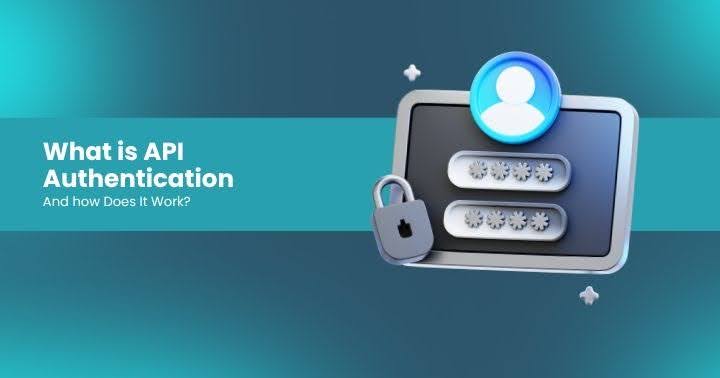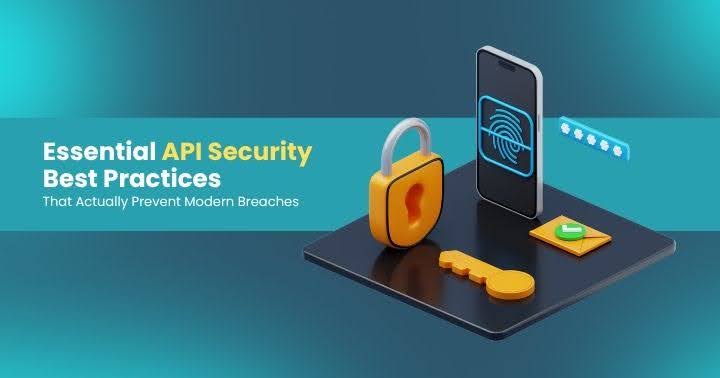Securing AI APIs
In the digital age, APIs are the backbone of business operations, driving everything from customer experiences to backend processes. However, as their adoption skyrockets, so does the potential for misuse and security breaches. Let's dive into the current landscape of API security and explore how organizations can protect themselves.
.png)
The Growing Importance of API Security
The rapid adoption and usage of APIs come with a downside. APIs, while enabling seamless integration and data exchange, also present a significant security risk. According to Cloudflare, API traffic now surpasses all other types of internet traffic, making APIs the number one target for cyber attacks. Breaches involving unsecured APIs can lead to substantial financial and reputational damage.
The Scope of the Problem
Organizations face several challenges in managing their APIs effectively:
- API Sprawl: Many organizations struggle with an uncontrolled inventory of APIs, often unaware of the total number they have. This lack of visibility makes it difficult to secure them.
- Lack of Active Management: APIs often exist in multiple versions across different environments, leading to unmanaged and potentially insecure APIs.
- Insufficient Metrics and Observability: Without proper monitoring, organizations can't make data-driven decisions about their APIs' health, security, and lifecycle.
Addressing API Security
To mitigate these challenges, organizations must adopt a structured approach to API security:
1. API Inventory and Visibility
The first step is understanding the scope of your API landscape. Catalog all APIs in use, whether they're actively managed or not. Tools and technologies, such as security posture management systems, can help discover and map out all APIs within an organization.
2. Prioritization and Evaluation
Once you have an inventory, prioritize APIs based on factors such as known vulnerabilities, usage patterns, and security guidelines. This helps in focusing efforts on the most critical APIs first.
3. Lifecycle Management
Implement a robust API lifecycle management process. This includes regular assessments for security and quality, ensuring APIs meet design and governance standards, and making necessary updates or retirements.
Fundamental Security Principles for APIs
Effective API security relies on several core principles:
Confidentiality
Ensure that data transmitted via APIs is encrypted and secure from interception. This involves using secure protocols like HTTPS and ensuring that only authorized parties can access the data.
Authentication
Verify the identities of both the API consumer and the server. This can range from basic authentication methods like username and password to more advanced methods like OAuth and MTLS (Mutual TLS).
Authorization
Define what authenticated users can do. Authorization ensures that users only have access to the resources they are permitted to see or modify. For instance, a user should only be able to view their own data and not anyone else's.
Implementing a Security Framework
Develop a comprehensive security framework that includes:
- Security Posture Management: Use tools to continuously monitor and assess the security of your APIs.
- API Security Council: Form a dedicated team to oversee API security policies, guidelines, and practices.
- Continuous Improvement: Regularly update security measures and practices based on emerging threats and vulnerabilities.
Conclusion
API security is an ongoing process that requires vigilance and proactive management. By understanding the scope of your API usage, prioritizing and managing APIs effectively, and adhering to fundamental security principles, organizations can significantly reduce their risk and ensure their APIs remain secure and reliable.
Remember, the goal is not to achieve perfect security but to manage and minimize risks to a manageable level. With the right tools, processes, and mindset, API security can become an integral part of your organization's digital strategy.
Latest Articles
Earn your APIsec University Certificate
Earn an APIsec University certificate and badge for completing any of our courses.
Post your badge on LinkedIn and share your accomplishments. You can even receive CPE credits for taking these courses.











